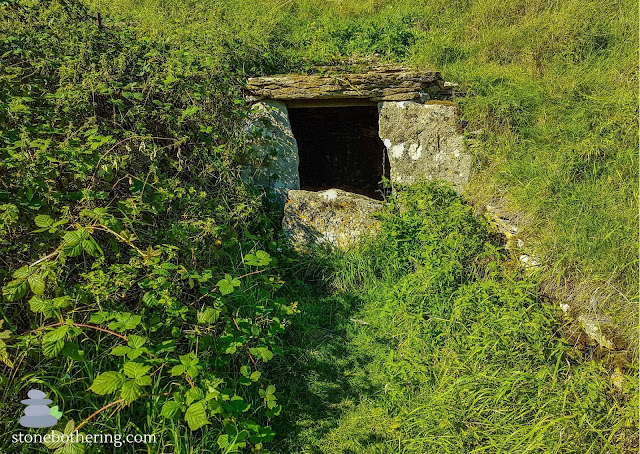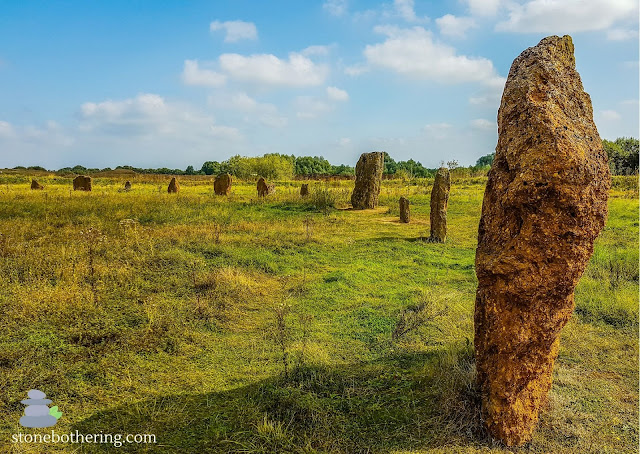Exploring King Arthur's Cave
Nestled in the enchanting Forest of Dean, King Arthur's Cave stands as a remarkable testament to both natural history and human existence. This intriguing site, with its stunning limestone formations, offers a fascinating glimpse into the Earth's geological processes and the lives of those who once sought shelter within its depths.
Geological Marvel
King Arthur's Cave is primarily composed of limestone, a sedimentary rock formed from the remains of marine organisms over millions of years. The cave itself is a product of karst geology, characterized by features such as sinkholes, underground rivers, and, of course, caves. Over thousands of years, water has eroded the limestone, creating the striking stalactites and stalagmites that adorn its interior. The play of light on these formations creates a surreal atmosphere, making it a popular spot for visitors and nature enthusiasts alike.
Evidence of Human Occupation
The true allure of King Arthur's Cave, however, extends beyond its geological beauty. Archaeological evidence indicates that humans inhabited this cave as far back as the Upper Paleolithic period, around 25,000 to 30,000 years ago. Excavations have uncovered an array of artifacts, including stone tools, animal bones, and remnants of ancient hearths, suggesting that this cave was not merely a shelter but a hub of activity for early humans.
The presence of these artifacts reveals much about the lives of our ancestors. They were likely hunters and gatherers, using the cave as a safe haven while they sought food in the surrounding forest. The cave also shows signs of continued use in later periods, including the Iron Age and Roman times, indicating its importance across millennia.
A Name Steeped in Legend
Interestingly, King Arthur's Cave was once known by other names, including "Giant's Cave" or "Giant's Hall." These names reflect the rich tapestry of local folklore that surrounds the legendary figure of King Arthur. The cave has been woven into the narrative of Arthurian legend, further enhancing its mystique and attracting visitors who are intrigued by tales of knights and mythical quests.
Why Visit?
Today, King Arthur's Cave serves as a window into both the geological and cultural past. Visitors can explore its breathtaking formations while contemplating the lives of the people who once called it home. The cave is a reminder of the interplay between nature and humanity, showcasing how natural environments have shaped human experiences throughout history.
Whether you're a geology enthusiast, a history buff, or simply someone seeking a unique outdoor adventure, King Arthur's Cave offers something for everyone. Its stunning beauty and rich history make it a must-visit destination in the heart of the Forest of Dean.
As you walk through this ancient site, take a moment to reflect on the layers of time that have shaped it—both in terms of geological processes and human stories. King Arthur's Cave is not just a geological wonder; it is a timeless connection to our shared past.
.jpg)
.jpg)
.jpg)

